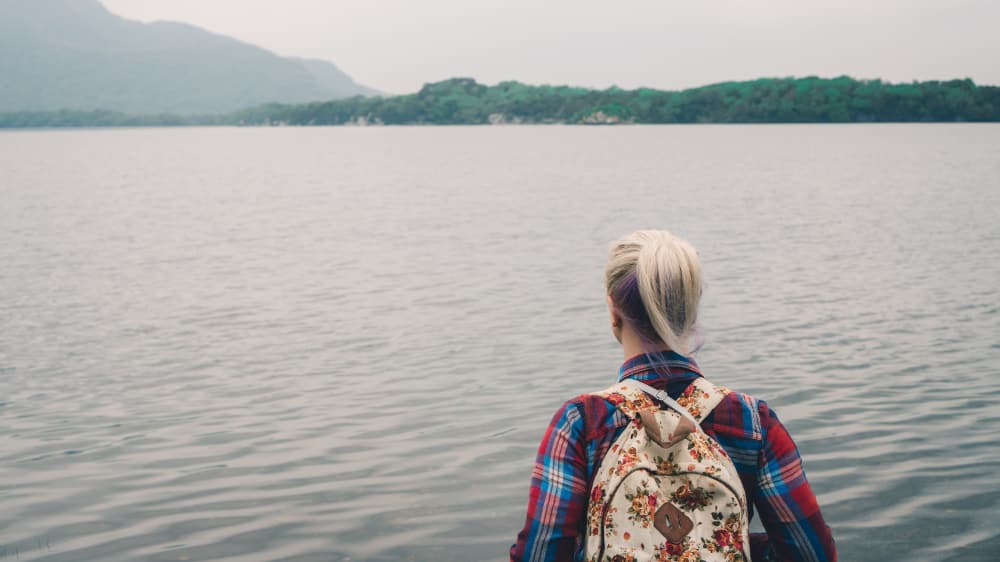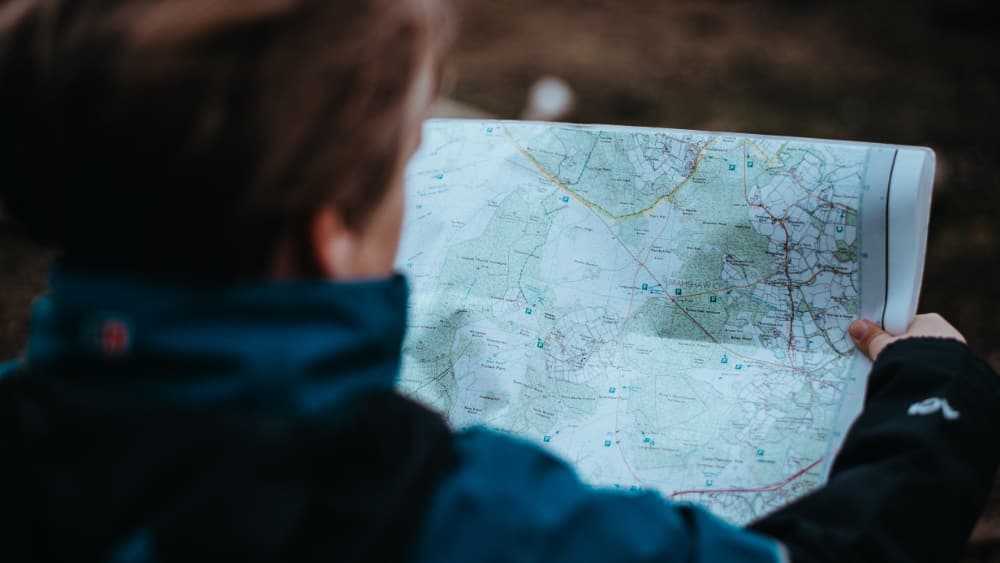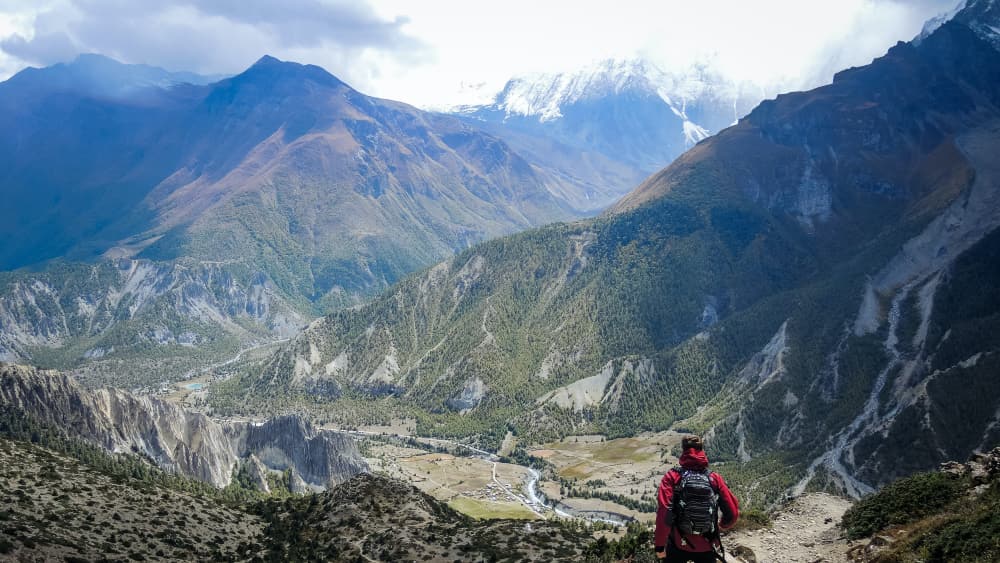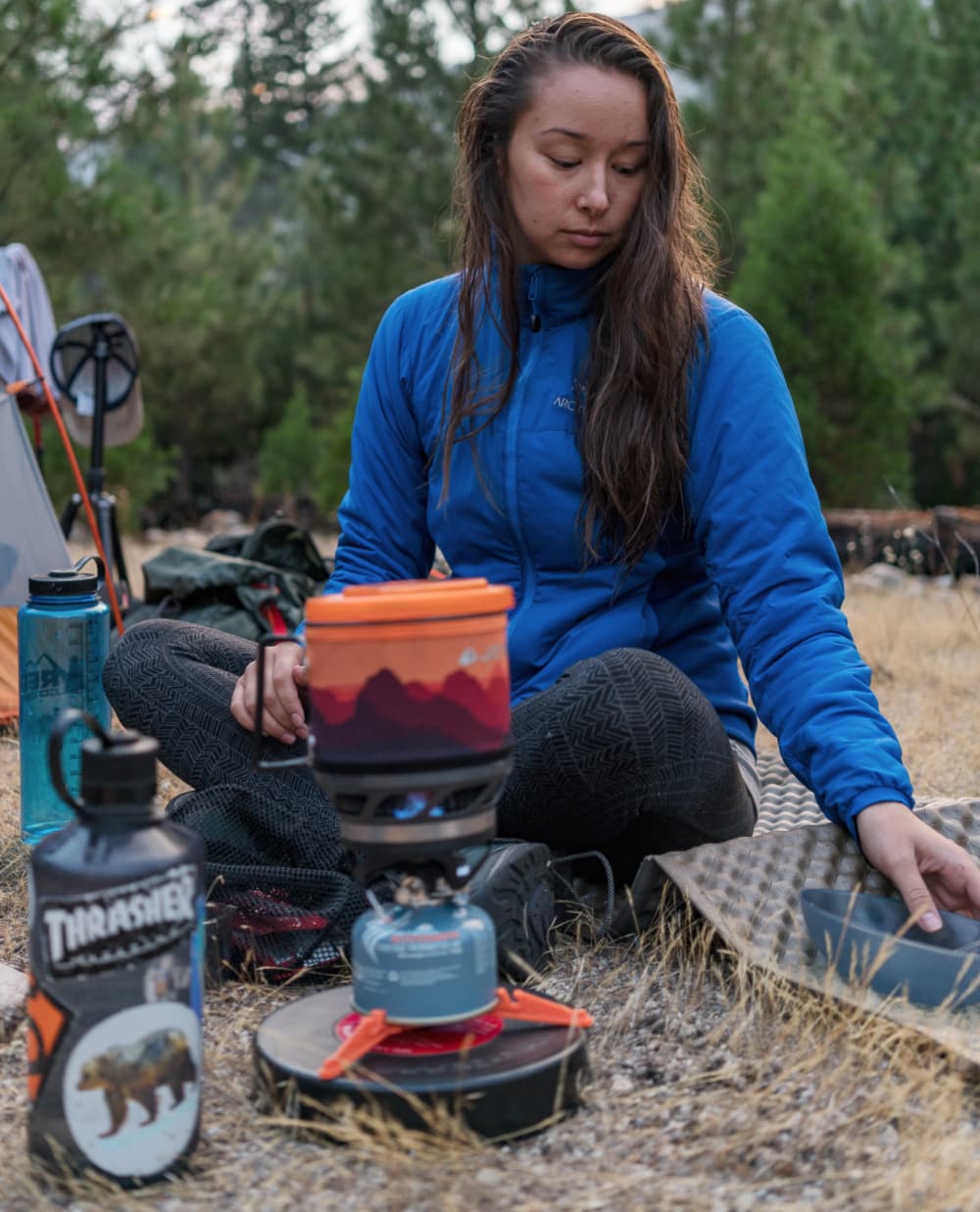
The weather is warming up, which means solo hikers of all experience levels are making their way onto trails across the country. While solo hikes can be life-changing experiences, it’s up to you to decide whether the experience is good or bad. If you want to try your hand on a solo hike this year, follow these 10 steps to stay safe and get the most out of your trip.
1. Evaluate Your Fitness Level
Honestly evaluate your fitness level before choosing a trail. Walk a few miles at a steady pace and see how your body responds. We also suggest wearing hiking boots and a heavy backpack to emulate the trail experience more closely. Knowing your fitness level will help you identify the most appropriate trail for your first solo hike.
Try some additional training methods to get yourself in shape. Even if you’re feeling confident, lean on the safe side and choose a path with low to moderate difficulty.
2. Map Your Route
Once you find a fitting trail, map your route from start to finish and memorise each checkpoint. You should have the map with you at all times, but you’ll feel much safer if you know the route by heart. Study the terrain and identify the biggest inclines/declines and other noteworthy landmarks so you know what obstacles lie ahead.
Gathering this knowledge will make you feel more confident and in tune with the surrounding environment. Few things feel more liberating than traversing the wilderness like an experienced veteran.

3. Check the Weather Forecast
Keep a close eye on the area’s weather forecast in the days leading up to the hike. Precipitation is an obvious factor, but you should most carefully observe the temperatures. Hiking in the rain is better than hiking in extreme heat, as you’d rather have wet clothes than heat exhaustion and dehydration. In any case, bring a poncho, backpack cover, and extra clothes.
4. Dress Warm
Even if the temperature is in the 20s (Celsius) during the day, it can drop below freezing at night and leave you shivering in your tent. A good night’s sleep is imperative to your hike’s success, so bring thick clothes for your campsite and a season-appropriate sleeping bag to stay warm.
5. Inform Others of Your Trip
Before leaving, give your family and friends essential details about the trip. Tell them where you’re going, how long you should take, and how they can contact you. Leave behind a copy of your route and bring a cell phone that you know won’t leave you high and dry, along with a portable charger. Portable GPS devices are also helpful, though not always necessary if you printed or downloaded a map.
6. Stick to the Path
You might feel tempted to leave the path and explore during your hike. In the best-case scenario, you find a cool view and retrace your steps back to the trail. In the worst-case scenario, you get lost and eventually die from injuries or exposure. The risk simply isn’t worth the reward.
Leaving the path is by far the most common reason for hiker disappearances, making up 41% of cases compared to inclement weather at second place with 17%. Cut that 41% out of the picture and stick to the path.

7. Carry Protective Devices
Protective devices are critical for solo hikers because no one else can help them. All the responsibility falls on you to protect yourself from human and non-human threats. You should carry a light self-defense weapon and a complete first-aid kit with tools to handle heavy bleeding, fractures, and other serious injuries.
8. Bring Extra Water Containers
Even if your hike has multiple water sources, you shouldn’t risk going without water for more than a few hours. Acute dehydration can develop after just a brief period of strenuous activity. Avoid this problem by bringing extra water containers and keeping a healthy supply from start to finish.
9. Pack Hot Food
You should pack plenty of hot food bags to start and end your day on a high note. Many sporting goods stores have dehydrated food bags for easy storage and preparation. The meals have fantastic nutrients and flavour varieties, including favourites like spaghetti and teriyaki chicken. All you need is a small pot, some water to boil, and a fire.

10. Trust Your Instincts on the Trail
If you get the feeling that something is wrong, you’re probably right. Stop for a few minutes, inspect your gear, and observe your surroundings. Double-check your map to make sure you’re on the right path. Regroup and gather your thoughts before moving on.
Nail Your Next Solo Hike …
Solo hiking is an intimidating challenge. Testing your fitness and survival skills in the wild with no supervision is not something you should take lightly. Follow these tips to stay safe on the trail and nail your next solo hike. The lessons will become second nature as you gain more experience. Soon enough, you’ll be a veteran too!
